
Web3 Explained In Simple Terms So Your Mom Understands
Dear Web3 Academy DOers!
It’s difficult to simplify complex subjects.
It’s even more difficult to explain a new and innovative technology that is going to change the world in so many different ways.
Web3 is so complex and yet still so new. How do you deliver a ‘web3 explained in simple terms’ elevator pitch so that your friends and family can actually understand it?
I’ll tell you one thing. If your explanation includes the words “decentralization”, “Blockchain”, “proof-of-stake” or “nodes” then they’re not going to get it.
You’ll lose them immediately.
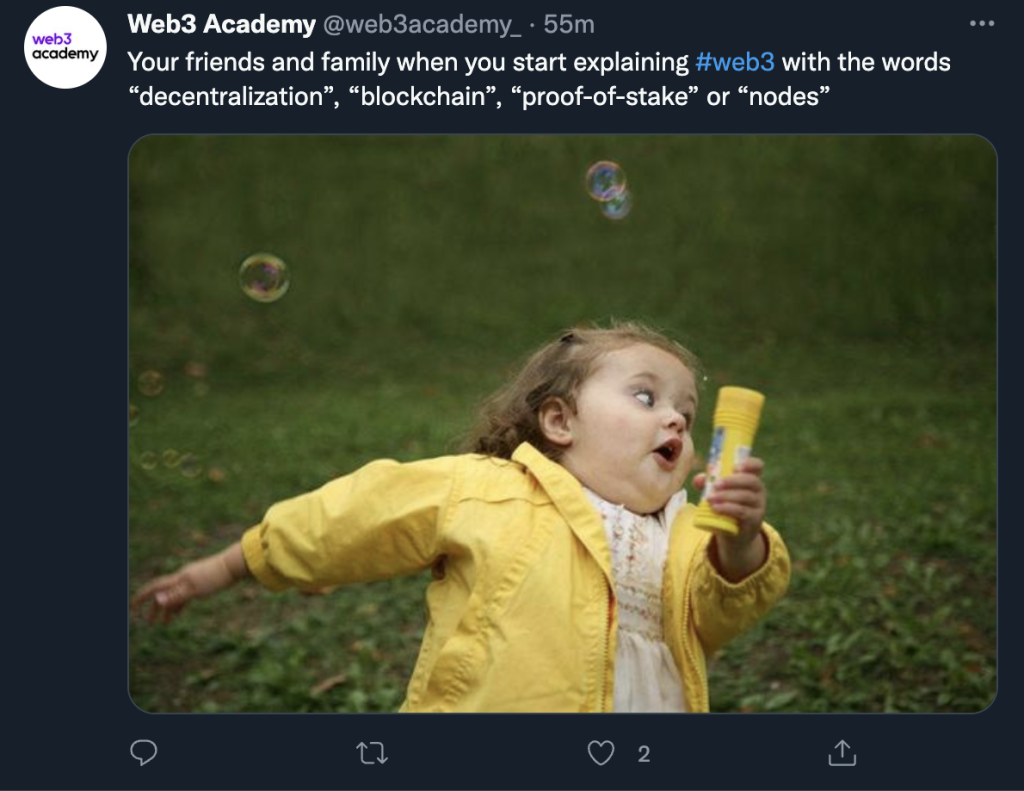
These words don’t make sense to the average person. Nor should they need to understand these words to grasp what Web3 is.
I recently spent 1 month back home in Canada visiting friends and family, the first time seeing them since launching the Web3 Academy podcast and newsletter. Naturally, many of them asked what I was up to and what the new podcast was about.
My answer the first few times was terrible. I was losing people right away (Most of my friends and family are not big into the tech or financial worlds, like most people).
However I started innovating with my explanation on what Web3 was and I think I found a breakthrough.
This is the reason for this article.
Firstly, I want to get my simple explanation written down so I’m confident in my own “Web3 elevator pitch”.
Secondly, surely I’m not the only one with this problem. Hopefully this also helps you next time you’re asked the question: “What is Web3?”
By the way, if you have a different angle on how to explain Web3, please reply to this email and give me your ‘web3 explained in simple terms’ version. I want to continue to improve and iterate on this as I learn more.
Now, let’s get into my Web3 elevator pitch! 🚀
Wait 🚥 Not into reading? 📖

Sit back and watch on Youtube 👀 or listen on Spotify or Apple Podcasts 🎧
Have you taken the Web3 Rabbit Hole course and claimed your proof of completion NFT?
If not, what the hell are you waiting for?
How To Explain Web3 To The Masses
The key to explaining Web3 to the ‘normies’ is focusing on the results of what the technology enables, not the technology itself.
Most people don’t care or will likely never understand how a blockchain works. Similarly, most people don’t understand how HTTP/SMTP or IP works, yet we can easily understand that the internet allows us to communicate and share information to anyone around the world in real time.

I’ve explained Web3 multiple times now without the person knowing it’s enabled by blockchain or has anything to do with Bitcoin. It’s possible!
That 1-liner explanation above for the internet is exactly what we need for Web3 though.
However, it’s not that easy.
We’ve all experienced the internet, so that 1-liner is easy to grasp. Most people however have yet to use Web3.
What Web3 is enabling are features that have never existed before. Something that people have never experienced before. Which makes it very difficult for most people to comprehend.
So What Is The Key Result Of Web3?
The key result of Web3 is digital ownership. That is the big unlock here.
However, even that term doesn’t mean anything to the average person. We need to provide context here and compare it to the world we are in right now.
We need them to first understand the problem with the existing internet, before they can understand the results that Web3 enables.
Let’s remember, most people don’t think about the risks associated with centralized companies, using custodial companies for our finances or even the issues associated with government controlled fiat systems.
Most people just simply use the internet without realizing that there is a problem or that there are features missing from our existing internet.
So To Start My Web3 Elevator Pitch, I Begin With The Following Line:
“Web3 is enabling us to own things on the internet, similar to how we can own things in the physical world”
I think that this line does a great job of giving people an end state of where this explanation is going. But it’s important to provide more context and comparison. So I go on to explain:
“In the physical world we can hold or custody our belongings without relying on a company or trusted third party to do it for us. We can hold cash in our hand, travel with our physical passport, store gold under our bed or even write a paper or draw some art and hold onto it. This is called self-custody.
Self-custody is true ownership. With true ownership we are free to transact or exchange our belongings with anyone we please and no one person or one company can stop that. We can also take those belongings from one location to another.
Most people don’t realize that this is not possible in the digital world.
Unfortunately, the internet we use today was not built with this functionality. Instead, companies have to fill that void by building their own databases and systems to store our digital belongings for us.
- The banks hold our digital money
- Facebook stores our content, personal data and conversations
- Twitter stores our followers and content
- Games store our earned assets
There are 2 problems with this:
1. We can’t take the things we own with us from one application to another like we can from one city or store to another in the physical world. If I want to use both Instagram and Twitter, I need to create a new profile and account for each application. I also need my followers to follow me on both applications. In the physical world there is only one me, in the digital world there are 100s of me (along with 100s of passwords and usernames). This is because everything I create digitally I do not own, they are owned by the company of the application I create them in.
2. The second issue is that we have to trust large companies with everything we have and do on the internet (money, content, profiles, followers, etc.). Banks can restrict our money, stripe can block us from transacting with stores, Facebook can limit what we say. Obviously, this is not ideal and very different from the physical world.”
Now, let’s tie it all together…
Why Is It Called Web3?
So with all of that in mind, Web3 is simply the next iteration of the internet which enables digital ownership.
There are 10s of thousands of developers around the world currently rebuilding the underlying tech of the internet to enable digital ownership for every internet user around the world.
It’s called Web3 because you can think of this as the 3rd version of the internet.
Web1 was the days before Google and Facebook where we could only read webpages. We didn’t have the ability to interact with pages like we do now (comment, like, share, search etc.).
Web1 = Read only
Web2 was the 1st big upgrade that allowed us to interact with the internet. This was enabled by the big tech companies we know today (Google, Facebook, Amazon, etc.).
Web2 = Read and Write.
Web3 is the 2nd upgrade to the internet which allows for digital ownership. It allows us to self custody our money, our art, our equity, our content, our data and much more without the need for trusted third parties. We can custody these assets directly on our device that we hold in our hand, similar to holding the paper money or art in our hand.
Web3 = Read, write and own.
Over the coming decade essentially every application and thing we do on the internet will be rebuilt with Web3 technology, enabling new asset classes and new digital economies.
I’d probably stop here and ask if they’re still following and have any questions.
Like I said, simplifying a complex subject like Web3 is not easy. There is no way of making a 1-liner for Web3, not yet anyway!
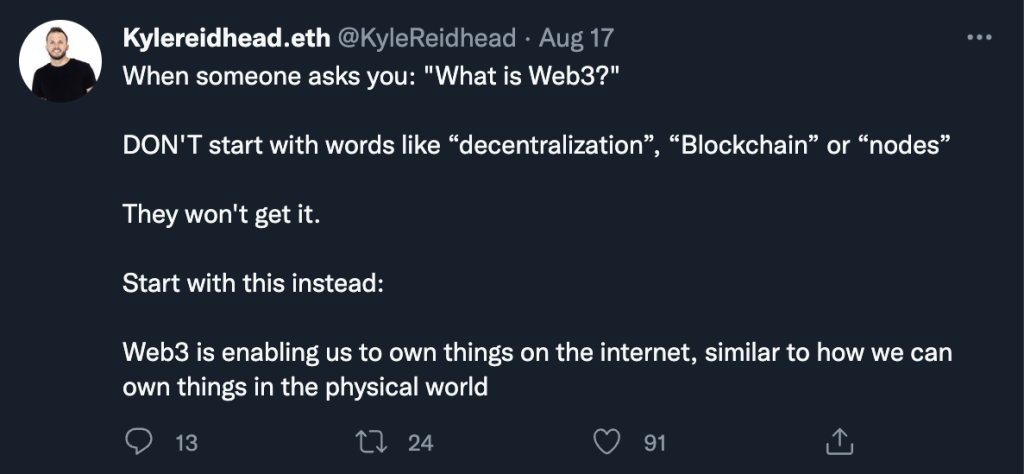
This explanation though gives people a framework to understand all of the things being built in Web3.
Next you can start to explain different use cases, whether that be Bitcoin (self-soverign money), NFTs (Non-fungible ownership), Ethereum (global settlement layer and decentralized app store), etc.
My recommendation is to go with the use cases that they would be interested in or understand. If they don’t understand the history of money and how the FED balance sheet works, skip the Bitcoin explanation.
If they like collectors items or art, maybe go with NFTs first. You need to read the person and deliver them info they care about, not what you care about!
I’m working on another article focused on the top 10 use cases in Web3, keep an eye out as that might be a helpful resource to share
Thanks frens and again, if you have another way of explaining Web3 in a simple manner, please reply to this email and share!
Kyle Reidhead
Founder of of Web3 Academy & Impact Digital Marketing
Twitter
🚀 Action Steps For Web3 DOers 🚀
👉 Was this helpful? Reply to this email with YES or NO! (In case you have a better explanation of Web3, include that in your reply!)
👉 Tell three friends about Web3 using the information from this letter
👉 Take our FREE Web3 Rabbit Hole Course to get up-to-speed on the foundational components of Web3 so you can confidently build, work, or use the fastest growing technology in history
👉 Follow Web3 Academy DAO on Twitter

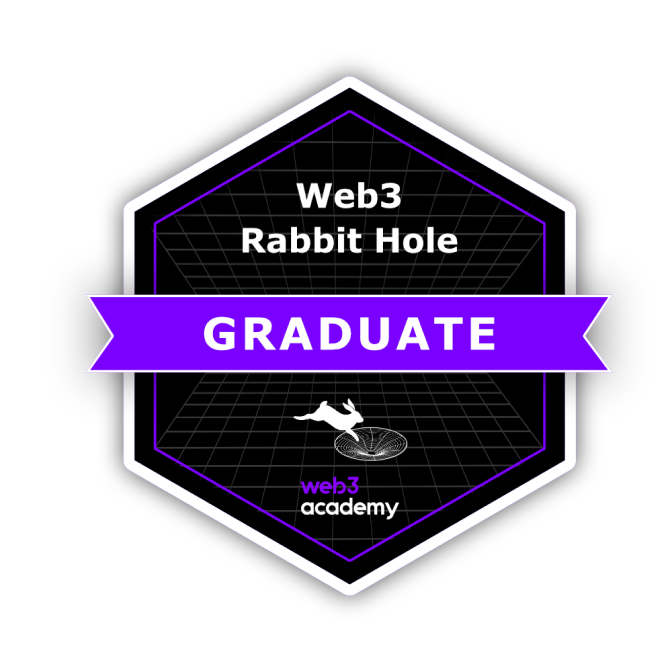

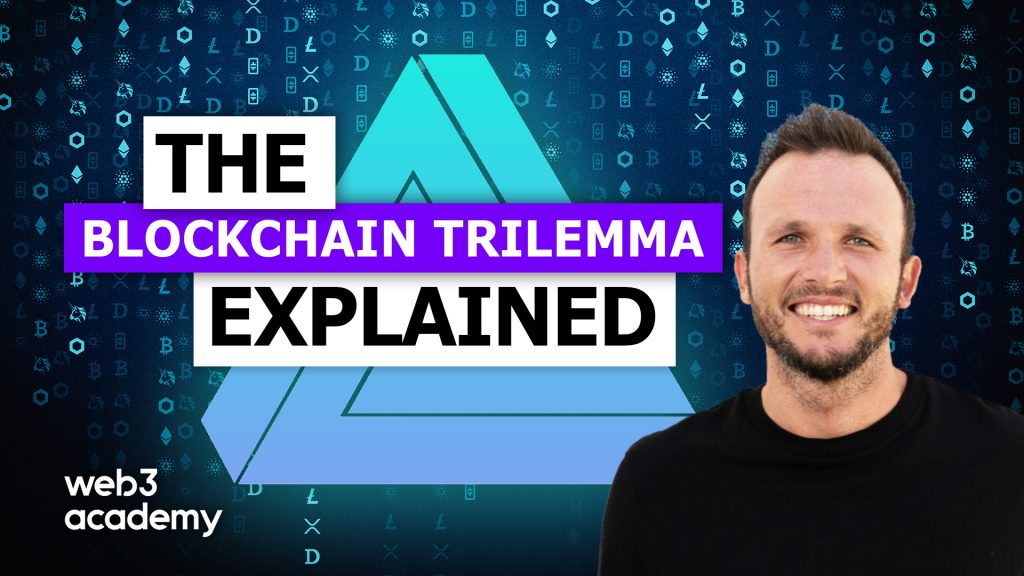
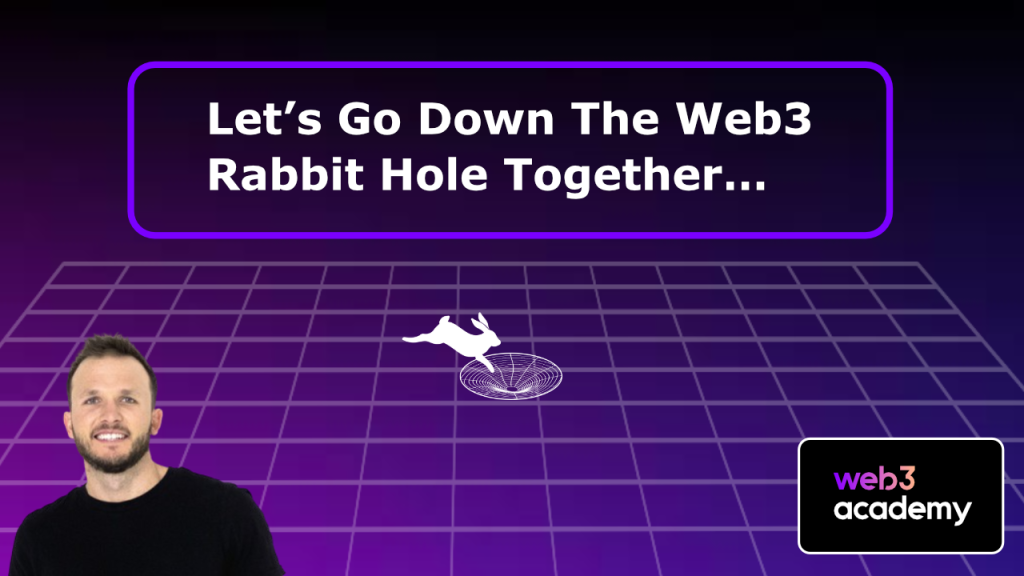
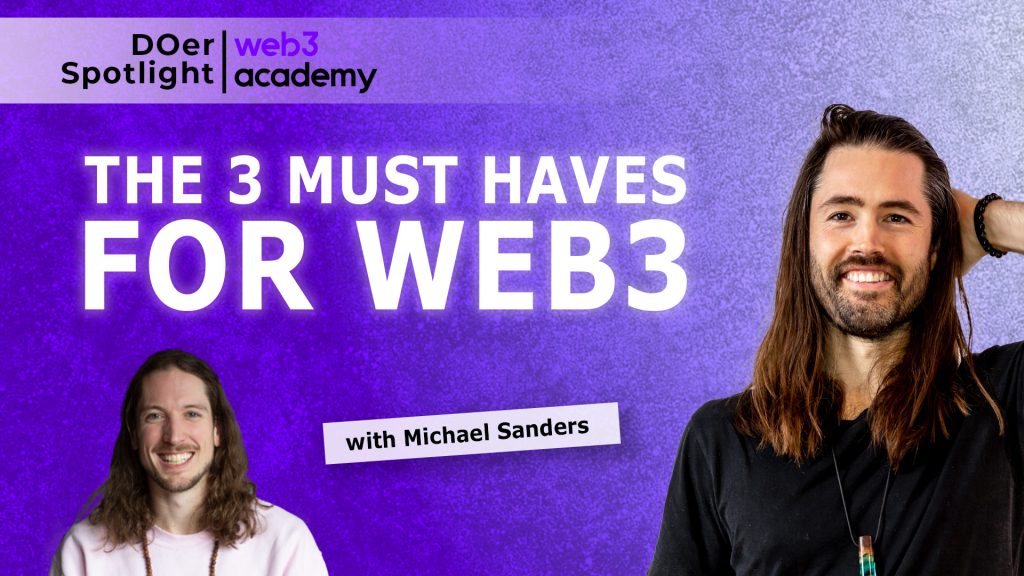
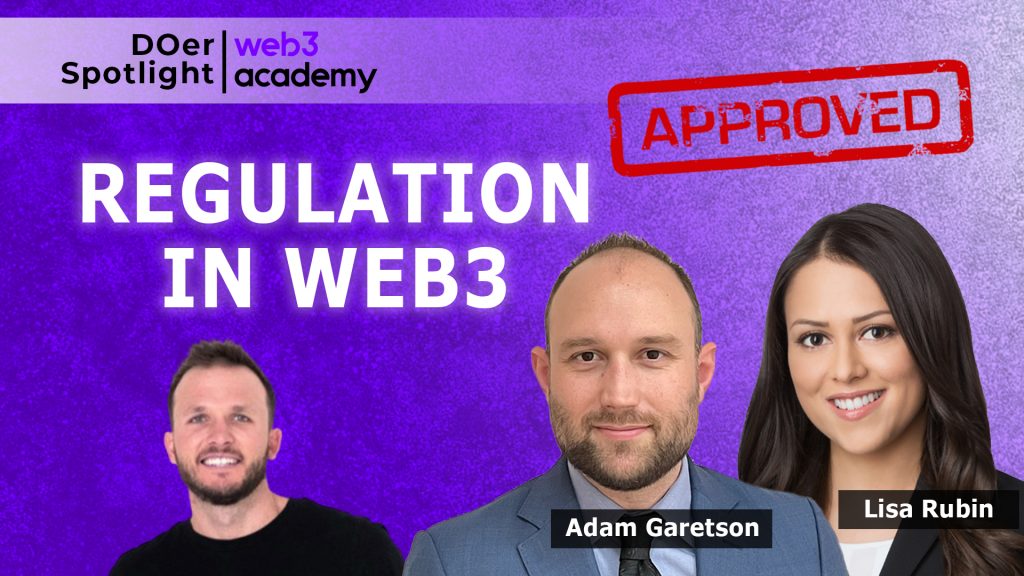



Responses